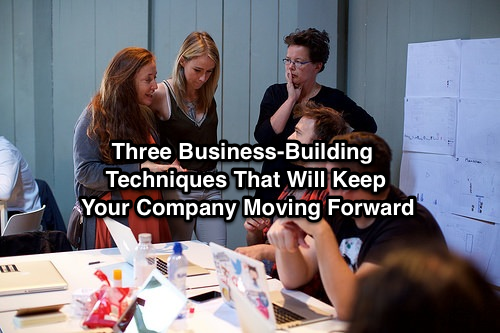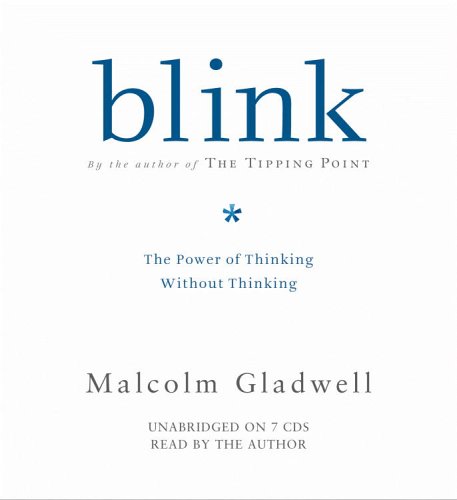
When you own a business, there will inevitably come a time when you need to access credit. Whether it’s because you need to invest in new equipment or you want to expand, being able to borrow money can mean the difference between reaching your goals or struggling to get by.
While there are several additional options for getting the necessary funds for your business, that doesn’t mean that you shouldn’t worry about your business credit history and score.
In fact, protecting and improving your business’ credit report should be a top priority. Even if you are just operating a small enterprise out of a spare bedroom, the way you manage credit is still important. In fact, even just an average score can cost your business thousands of dollars over time. To ensure you not only qualify for loans and credit when you need them – and that you get the best possible rates – consider these strategies.
1. Establish Your Business Officially
By incorporating your business as an LLC or C-Corp, and then setting up all accounts in that name, is smart business for several reasons. Establishing yourself as an “official” business entity via an LLC gives you more flexibility with your taxes (although not necessarily tax breaks) and does limit your own liability should the business be sued or go bankrupt.
In terms of getting credit, establishing your business as an LLC or C-Corp allows the business to stand on its own (meaning that your personal credit history is not considered when you apply for a loan) and tells lenders that you are a “serious” business.
It seems like a small thing, but lenders want to know that you are a real business. Therefore, establishing your enterprise as a legal business entity with its own tax ID number – as well as creating a professional image with a descriptive and thorough website – presents an image of credibility and stability.
2. Pay Your Bills
It seems simple, but paying your bills on time, every time, is one of the most important factors in determining your credit score. In fact, paying bills early is even more beneficial, as it indicates that you don’t carry balances and have good money management skills – not to mention it can save your business money in excess fees and interest.
That being said, if you rely on customers to pay invoices to maintain cash flow, paying your bills can be challenging. If cash flow is an issue, consider using alternative forms of financing such as factoring receivables to ensure that your bills are paid on time and in full. You don’t need a long credit history to qualify for factoring, and the upfront cash can help maintain your company’s good standing with the credit bureaus.
3. Manage Accounts Well
Paying on time is an important factor in your credit score, but it’s not the only factor. Credit utilization is also important. Ideally, you should aim to use less than 30 percent of your available credit. The more credit you use – and the higher your balances – the lower your credit score.
Again, factoring your invoices can help reduce utilization and keep your score high. It’s also helpful to keep all your accounts open, even if you don’t use them. Closing accounts that you don’t use reduces the overall amount of available credit, and subsequently increases your overall utilization. Instead, keep accounts open – and consider using them occasionally and paying off balances immediately – to boost your score.

4. Be Diligent About Monitoring Your Report
Studies show that an inordinate number of credit reports – nearly 80 percent – contain errors, with almost a quarter of all errors severe enough to render you ineligible for credit entirely.
Carefully monitor your credit report by requesting copies annually, and subscribing to a credit monitoring service that will alert you to any changes. Correcting inaccurate information is the fastest way to improve a score, so if your report contains errors, fix them immediately.
5. Run a Tight Ship
The best way to keep your business afloat – and avoid credit problems – is to run a tight ship. When lenders look at your application for a loan, your credit report is only part of the story. If you operate a lean business and avoid overspending by using your resources wisely, lenders are not only more likely to view you as less of a risk, but you’ll also need to borrow less and use less credit.
Maintaining good credit is an important part of running a healthy business. It might take time, but with diligence and good decisions, you can have a great score and access to the money you need, when you need it.







 E-marketers are now more aware than ever of the difference that a good online reputation can make. To create and manage your web reputation, you need to get involved in digital spaces, communicating with existing and potential customers and, just as importantly, listening to what people say about your products or services.
E-marketers are now more aware than ever of the difference that a good online reputation can make. To create and manage your web reputation, you need to get involved in digital spaces, communicating with existing and potential customers and, just as importantly, listening to what people say about your products or services.






